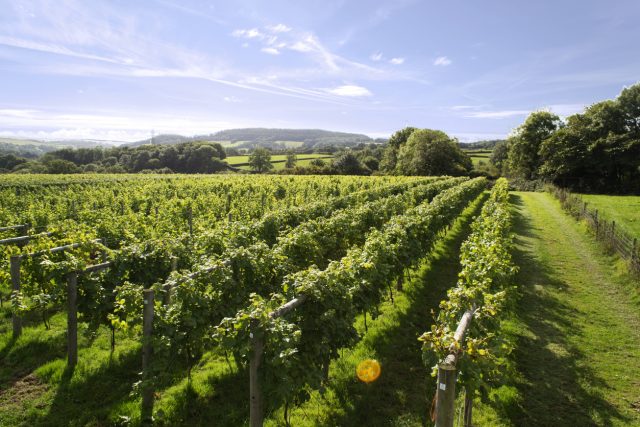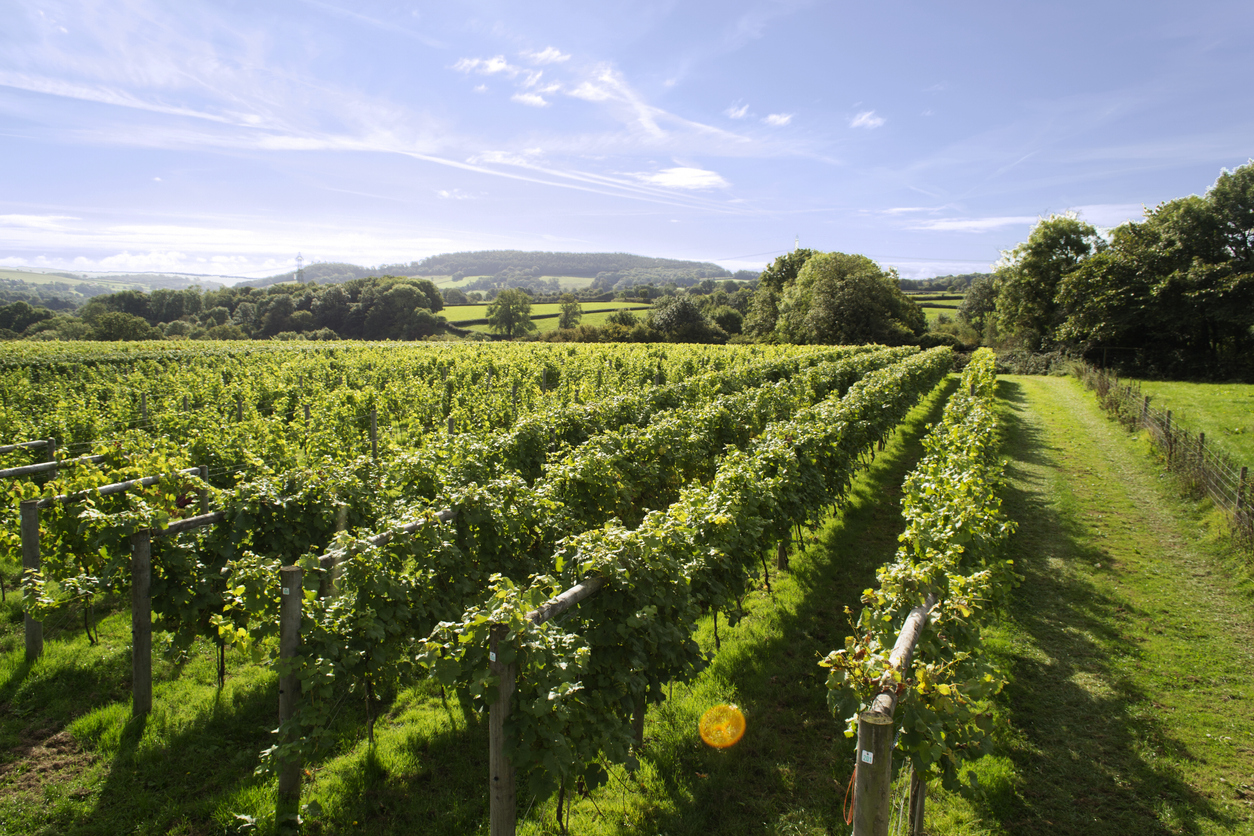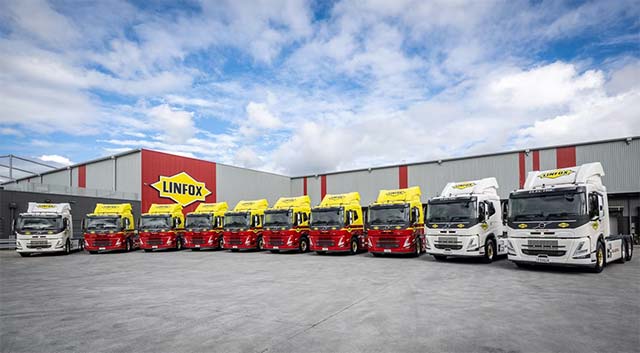On the surface, the sight of a vineyard threading its way through the English countryside, complete with a tasting barn or a field-side cellar door, appears the very picture of rural enterprise at its most idyllic. But behind the glossy postcards and Instagram reels lies a tangle of red tape that few visitors see.

According to a sharp and timely report from planning consultancy Lichfields, the UK’s flourishing wine tourism industry is being quietly throttled by inflexible, catch-all planning policies more at home with livestock sheds than late disgorgement.
The Cultivating Success – Planning for Wine Tourism and the Visitor Economy report does not mince its words. Planning barriers are among the top frustrations for British vineyards hoping to diversify into tourism. And it is not hard to see why.
With more than 1,000 vineyards and 200 wineries now producing over 21 million bottles of wine each year, the sector’s seriousness is no longer in question.
Wine tourism already contributes £213 million to the UK’s economy — nearly half of the industry’s total £517 million footprint. But efforts to build that figure through tastings, tours, farm shops and overnight stays often meet the full weight of a planning system designed for static assumptions rather than growing vines.
Take, for example, the fact that while farm shops may occasionally benefit from permitted development rights, visitor centres and accommodation are left out in the bureaucratic cold. For vineyards located within National Landscapes or the Green Belt, a not-inconsiderable number, getting planning permission is often a Herculean effort, even when the economic benefits are evident.
Vineyards don’t fit a template, and neither should their planning
Lichfields makes the case for what any viticulturist could have told you over a glass of Bacchus: one size does not fit all. The physical and environmental character of each vineyard is different. So too is its tourism potential. Blanket policies, they argue, are ill-suited to these nuanced sites that straddle agriculture, hospitality and landscape preservation.
Hannah Whitney, planning director at Lichfields, puts it plainly: “A more tailored, flexible strategy can allow vineyards to expand sustainably.” Vineyards, she says, are not interlopers in the countryside but integral to it. They need planning policies that appreciate this entwinement rather than forcing operators to retrofit their ambitions into tick-box templates.
WineGB sounds a note of practical realism
The industry itself is hardly asking for carte blanche to slap hotels on every hillside. Nicola Bates, CEO of WineGB, takes a sober, practical view. “Wine tourism provides invaluable income for our vineyards and supports rural employment,” she says, before adding that planning constraints “continue to limit growth opportunities.” Her call is for collaboration, a balance between development and environmental stewardship, not a headlong rush into ribbon-cutting.
WineGB’s strategic report lays out a quietly confident plan for the next three years. By 2027, it hopes the UK will be recognised not just for the quality of its wines but also for the richness of its visitor experience. A vineyard visit, in this vision, becomes part of the national cultural calendar, not an eccentric detour.
Advice for vineyards
For vineyards hoping to sidestep the planning quagmire, Lichfields offers a few words of advice. Build a strong “needs case” to justify your plans. Engage early with your local planning authority, before assumptions harden into refusals. And, perhaps most importantly, get involved in shaping your area’s Local Plan so future policy doesn’t leave you on the outside looking in.
This is no mere academic exercise. The UK wine sector is forecast to grow its employment base by 50% by 2025. That means more jobs in rural areas, more investment in facilities, and more opportunities to build a sustainable tourism economy grounded in British terroir. The potential is clear. The wine is bottled. The tourists are ready. But until planning frameworks catch up with the curve of the grapevine, the cork may stay firmly in place.

 According to a sharp and timely report from planning consultancy Lichfields, the UK’s flourishing wine tourism industry is being quietly throttled by inflexible, catch-all planning policies more at home with livestock sheds than late disgorgement.
The Cultivating Success – Planning for Wine Tourism and the Visitor Economy report does not mince its words. Planning barriers are among the top frustrations for British vineyards hoping to diversify into tourism. And it is not hard to see why.
With more than 1,000 vineyards and 200 wineries now producing over 21 million bottles of wine each year, the sector’s seriousness is no longer in question. Wine tourism already contributes £213 million to the UK’s economy — nearly half of the industry’s total £517 million footprint. But efforts to build that figure through tastings, tours, farm shops and overnight stays often meet the full weight of a planning system designed for static assumptions rather than growing vines.
Take, for example, the fact that while farm shops may occasionally benefit from permitted development rights, visitor centres and accommodation are left out in the bureaucratic cold. For vineyards located within National Landscapes or the Green Belt, a not-inconsiderable number, getting planning permission is often a Herculean effort, even when the economic benefits are evident.
According to a sharp and timely report from planning consultancy Lichfields, the UK’s flourishing wine tourism industry is being quietly throttled by inflexible, catch-all planning policies more at home with livestock sheds than late disgorgement.
The Cultivating Success – Planning for Wine Tourism and the Visitor Economy report does not mince its words. Planning barriers are among the top frustrations for British vineyards hoping to diversify into tourism. And it is not hard to see why.
With more than 1,000 vineyards and 200 wineries now producing over 21 million bottles of wine each year, the sector’s seriousness is no longer in question. Wine tourism already contributes £213 million to the UK’s economy — nearly half of the industry’s total £517 million footprint. But efforts to build that figure through tastings, tours, farm shops and overnight stays often meet the full weight of a planning system designed for static assumptions rather than growing vines.
Take, for example, the fact that while farm shops may occasionally benefit from permitted development rights, visitor centres and accommodation are left out in the bureaucratic cold. For vineyards located within National Landscapes or the Green Belt, a not-inconsiderable number, getting planning permission is often a Herculean effort, even when the economic benefits are evident.





















































































































































